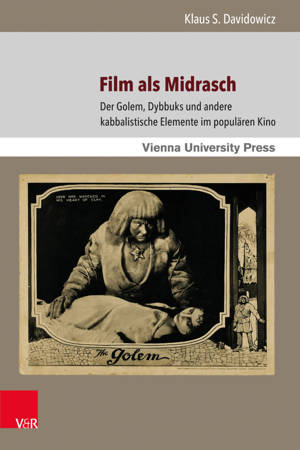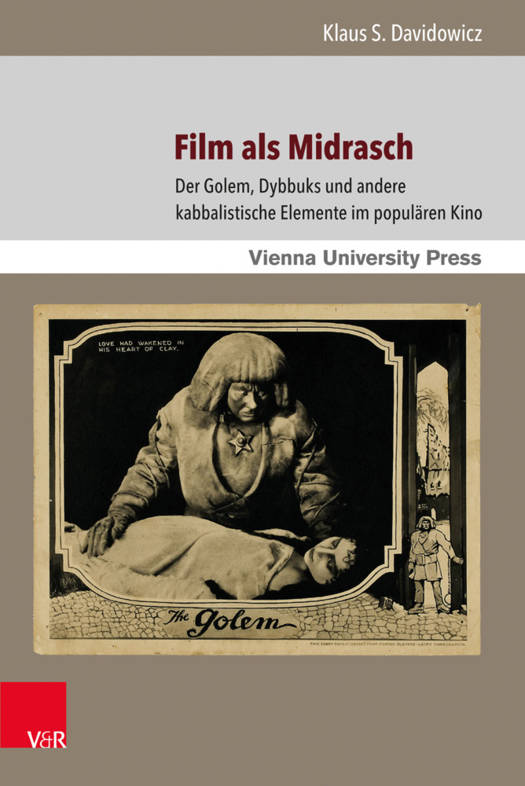
- Afhalen na 1 uur in een winkel met voorraad
- Gratis thuislevering in België vanaf € 30
- Ruim aanbod met 7 miljoen producten
- Afhalen na 1 uur in een winkel met voorraad
- Gratis thuislevering in België vanaf € 30
- Ruim aanbod met 7 miljoen producten
Zoeken
Film ALS Midrasch
Der Golem, Dybbuks Und Andere Kabbalistische Elemente Im Popularen Kino
Klaus S Davidowicz
€ 91,95
+ 183 punten
Omschrijving
The book explores the conscious usage of Jewish mystical themes and motifs in popular (as well as arthouse) cinema from the silent film era to the present. This historical, as well as geographic, arc spanning from Paul Wegener's Golem (1920) to films such as David Goyer's The Unborn (2009), Ang Lee's Life of Pi (2012) or David Aronofsky's Noah (2014), is held together by a tightly argued and detailed discussion of both the kabbalist elements themselves and their presence in film and television.Organized in four interrelated parts, the study focuses on mystical secrets of the Hebrew alphabet (where each letter is attributed a numerical value and each number has a hidden meaning), the idea of the Dybbuk as an exiled soul looking for a bodily home, the Lurianic concepts of Tzimtzum (contraction) and Tikkun olam (repair of the world) and, finally, the legend of the Golem, whose Prague origins have been reworked not only in numerous movies but also in popular US television shows including the X-Files and The Simpsons. Wie fanden kabbalistische Literatur und ihre Elemente ihren Weg auf die Leinwand? Wie wurden judische mystische Themen und Motive in Spielfilmen - von der Stummfilmzeit bis zur Gegenwart - weltweit verarbeitet? Diese Studie zeigt, dass Filme genauso eine Quelle zum Judentum sind wie ein mittelalterlicher Midrasch. Der Schwerpunkt dieser Untersuchung liegt auf dem amerikanischen Kino, von Paul Wegeners Golem-Filmen bis zu David Aronofskys Noah (2014). In den vorgestellten Filmen ist die judische Mystik keineswegs nur Beiwerk. Vielmehr stellen die Filme in ihrer Auseinandersetzung mit den kabbalistischen Texten auf intertextuelle Weise einen durch und durch modernen Kommentar zur judischen Kultur dar und haben das Bild judischer Religion in der Popular-Kultur entscheidend gepragt.
Specificaties
Betrokkenen
- Auteur(s):
- Uitgeverij:
Inhoud
- Aantal bladzijden:
- 155
- Taal:
- Duits
- Reeks:
- Reeksnummer:
- nr. 6
Eigenschappen
- Productcode (EAN):
- 9783847106739
- Verschijningsdatum:
- 31/12/2016
- Uitvoering:
- Hardcover
- Formaat:
- Genaaid
- Afmetingen:
- 157 mm x 236 mm
- Gewicht:
- 362 g

Alleen bij Standaard Boekhandel
+ 183 punten op je klantenkaart van Standaard Boekhandel
Beoordelingen
We publiceren alleen reviews die voldoen aan de voorwaarden voor reviews. Bekijk onze voorwaarden voor reviews.











